The Great World Kingdoms
It’s an exhilarating experience; everyone stands as the triumphant strains of the “Hallelujah Chorus” flood the auditorium:
Hallelujah! Hallelujah! Hallelujah!…
For the Lord God omnipotent reigneth….
The kingdom of this world
Is become the kingdom of our Lord, And of His Christ;…
And He shall reign for ever and ever….
King of kings! and Lord of lords!
Hallelujah!
The climax of George Frideric Handel’s Messiah, taken from the last book of the Bible, describes the most significant event in prophecy: the revelation of Jesus Christ. The apostle John penned the words, and they augment a prophecy in the book of Daniel that outlines the progression of human history that culminates in the same glorious event.
In 605 B.C., Nebuchadnezzar invaded Jerusalem. Receiving news that his father, Nabopolassar, had died, he returned to Babylon to assume the throne, taking with him vessels plundered from the Temple and a select group of young Jewish captives. Daniel was among them. This was the first deportation. The last ended in 586 B.C. with the destruction of Jerusalem and the Temple King Solomon had built.
In Babylon, Daniel served God resolutely. He demonstrated such exceptional wisdom that he earned a place of prominence that spanned the reign of several kings and outlasted the Babylonian Empire. It is not surprising the Lord entrusted him with the synopsis of world history, since he was “greatly beloved” of God (Dan. 9:23; 10:11, 19).
Shortly after arriving in Babylon, Daniel interpreted Nebuchadnezzar’s troubling dream of a massive image with a head of gold, chest and arms of silver, belly and thighs of bronze, legs of iron, and feet of iron and clay (2:31–35). While the king watched, a stone smashed the feet, bringing the colossus crashing to the ground.
Daniel explained that the head of gold depicted Babylon. Then followed three successively inferior Gentile empires that were ultimately ground to dust and blown away by the wind.
TIMES OF THE GENTILES (Dan. 2:31–45; 7:4–28)
by Thomas C. Simcox
- Definition: Gentile domination of Israel
- Began: 605 B.C. (first Jewish deportation to Babylon) or 586 B.C. (third deportation, destruction of the Temple, and cessation of independent Jewish rule)
- Will End: With the Lord’s return (Dan. 2:34–35, 45; 7:13–14)
PROPHESIED GENTILE EMPIRES
| NEBUCHADNEZZAR’S DREAM OF THE IMAGE (DAN. 2:31–45) |
EMPIRES REPRESENTED | DANIEL’S VISION OF THE BEASTS (DAN. 7:4–28) |
|---|---|---|
| Head of Gold | Babylon | Winged Lion |
| Chest/Arms of Silver | Medo-Persia | Bear With Three Ribs in its Mouth Raised Up on One Side |
| Belly/Thighs of Bronze | Greece | Four-Winged, Four-Headed Leopard |
| Legs of Iron | Rome | Dreadful Beast With Iron Teeth and 10 Horns |
| 10 Toes of Iron and Clay | Revived Roman Empire | 10 Horns |
| Rock Not Cut With Human Hands | Kingdom of God (Davidic) | Kingdom Without End |
The First Three Beasts
Approximately 50 years later, Daniel had a dream paralleling Nebuchadnezzar’s. Out of a turbulent and surging sea emerged four beasts corresponding to the four kingdoms in Nebuchadnezzar’s dream. Both dreams highlight the same world empires. Seen from man’s perspective, wrote Bible scholar John Walvoord, they appear “glorious and imposing”; but from the divine vantage point, the predominant characteristics are “immorality, brutality and depravity.”1
Lion. The first beast was like a lion, had eagle’s wings, and is almost universally recognized as Babylon (7:4; cf. Jer. 49:19–22). As Daniel watched, the wings were plucked off, limiting its potential for further conquest (Dan. 7:4).2 It was “made to stand on two feet like a man, and a man’s heart was given to it” (v. 4). Many believe this refers to the time God judged Nebuchadnezzar for his pride, turning him into an animal of sorts for seven years. He emerged with a new attitude toward God (4:36).
Bear. Lumbering across the beach behind the winged lion was a creature “like a bear. It was raised up on one side, and had three ribs in its mouth between its teeth” (7:5). The hulking bruin with a ravenous appetite accurately depicts the Medo-Persian Empire. Large and powerful, it conquered by “force of numbers, by an elastic capacity for absorbing casualties.”3 The bear raised up on one side seems to indicate the increasing Persian dominance that ultimately absorbed the Medes.4
The ribs between the bear’s teeth represent three kingdoms it devoured, likely the Lydian Kingdom, which fell to Cyrus in 546 B.C.; the Chaldean Empire annexed in 539 B.C.; and the Egyptian Empire acquired under Cambyses in 525 B.C.5 The bear was urged, “Arise, devour much flesh!” (7:5).
In yet another of Daniel’s visions, the empire is portrayed as a ram with one horn higher than the other, “pushing westward, northward, and southward, so that no animal could withstand him” (8:4).
Leopard. The next creature springing from the surf was “like a leopard, which had on its back four wings of a bird. The beast also had four heads, and dominion was given to it” (7:6). The leopard’s speed, accelerated by four wings, accurately characterized the armies of Greece commanded by Alexander the Great who conquered the world in approximately a decade. History verifies that shortly after his death in 323 B.C., the Greek Empire split four ways between Antipater (succeeded by Cassander), Lysimachus, Seleucus, and Ptolemy.6
In the subsequent vision, the Greek Empire is depicted as a male goat with a large horn that is broken and replaced by four notable ones (8:5, 8, 21). Then, out of one of the four horns comes a little horn, historically personified in Antiochus IV who ruled Syria from 175–164 B.C. (v. 9). Seeking to Hellenize Israel, he outlawed Judaism, sacrificed a sow on the Temple altar, and erected a statue of Zeus with his likeness in the Temple courtyard. The Temple was later reclaimed and rededicated, as Daniel prophesied (v. 14).
The Terrible Beast
The last creature rising out of the sea was “dreadful and terrible, exceedingly strong. It had huge iron teeth; it was devouring, breaking in pieces, and trampling the residue with its feet….and it had ten horns” (7:7). With no equivalent in the animal world, this monster symbol-izes “a singularly voracious, cruel and even vindictive world power.”7
Wrote Walvoord: “The Roman empire was ruthless in its destruction of civilizations and peoples, killing captives by the thousands and selling them into slavery by the hundreds of thousands.”8
Nothing in history so far corresponds with the description: “The ten horns are ten kings who shall arise from this kingdom” (v. 24). Like the toes in Nebuchadnezzar’s dream, the 10 horns indicate a future coalition of rulers existing contemporaneously.
As Daniel watched, he saw “another horn, a little one, coming up among them, before whom three of the first horns [kings] were plucked out by the roots. And there, in this horn, were eyes like the eyes of a man, and a mouth speaking pompous words” (v. 8). Not to be confused with the “little horn” associated with the Greek Empire, the horn of Daniel 7:8 emerges after deposing three rulers and represents the final world dictator (cf. 7:24–25; 11:36–45; 2 Th. 2:3–8; Rev. 13:1–8).9 Under his leadership, the Roman Empire re-emerges reflecting his deceptive, blasphemous, and ruthless character.
Demanding worship from the world and destroying all who refuse to comply, this final world leader is the Antichrist. He will focus his animus on the Jewish people, resulting in “great tribulation, such as has not been since the beginning of the world…nor ever shall be” (Mt. 24:21).
Transfixed, Daniel watched until the final beast “was slain, and its body destroyed and given to the burning flame,” (Dan. 7:11) paralleling the apostle John’s revelation that “the beast was captured, and…cast alive into the lake of fire” (Rev. 19:20).
The Antichrist will become the first inhabitant of the Lake of Fire, and his destruction terminates Gentile domination of the world.
The Messiah, represented by the stone “cut without hands” in Nebuchadnezzar’s dream, will then establish His Kingdom, as described by Daniel:
And behold, One like the Son of Man, coming with the cloud of heaven!…Then to Him was given dominion and glory and a kingdom, that all peoples, nations, and languages should serve Him. His dominion is an everlasting dominion, which shall not pass away, and His kingdom the one which shall not be destroyed (Dan. 7:13–14).
At that moment, “the kingdoms of this world [will] become the kingdoms of our Lord and of His Christ” (Rev. 11:15). Hallelujah!
ENDNOTES
- John F. Walvoord, Daniel: The Key to Prophetic Revelation (Chicago: Moody Press, 1971), 151.
- Albert Barnes, Notes on the Old Testament, “Daniel” (Grand Rapids, MI: Baker Book House, 1980), 47.
- Will Durant, Our Oriental Heritage (New York: Simon and Shuster, 1954), 360.
- Walvoord, 156.
- Frank E. Gabelein, ed., Expositors Bible Commentary (Grand Rapids: Zondervan, 1985), 7:86.
- Ibid.
- C. Leupold, cited in Walvoord, 161.
- Ibid.
- A. Ironside, Lectures on Daniel the Prophet (Neptune, NJ: Loizeaux Brothers, 1982), 133.
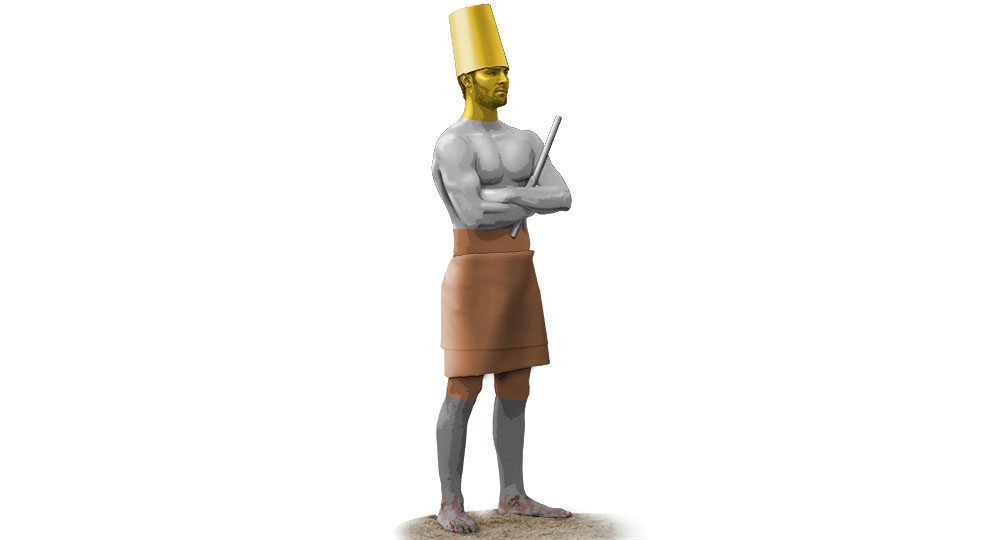
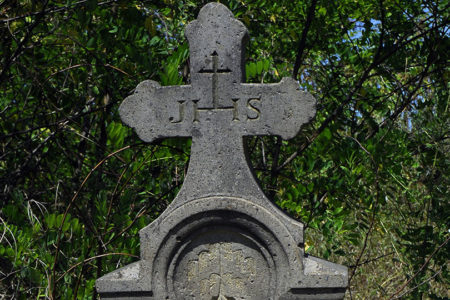
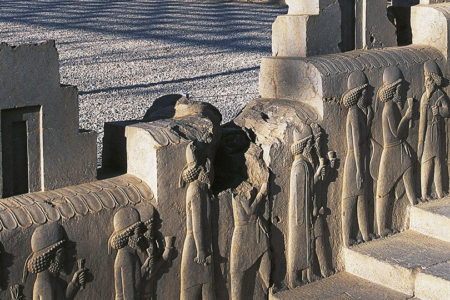
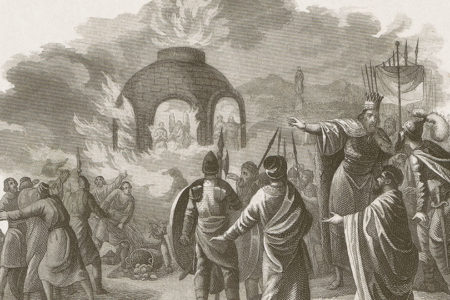
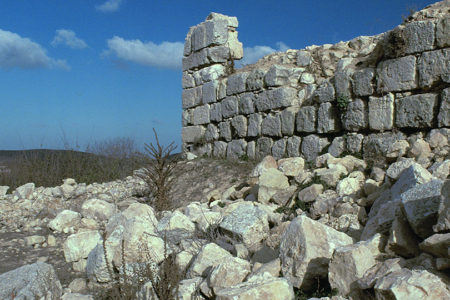



Dear sir
Provide me details about the steps leading towards final armaggeddon.
Thanking you
Yours sincerely
Pradeep kumar
Demanding worship from the world and destroying all who refuse to comply, this final world leader is the Antichrist.
I’ am confused. Where is the Antichrist coming from, the nations or the jews?
I read in Deuteronomy 17:14.15 “one from among your countrymen you shall set as king over yourselves”,comparing with :27 and ” he” will make a firm covenant with the many (jews people) for one week.
I think “he” in Daniel 9:27 is the prince of the first Roman empire who indicates the second Roman empire.
In my understanding the false prophet and the Antichrist are the same person. The prince (the beast) of the Roman empire is the one of Daniel 9:27 (he).
MayI receive an answer and hear your opinion to this.